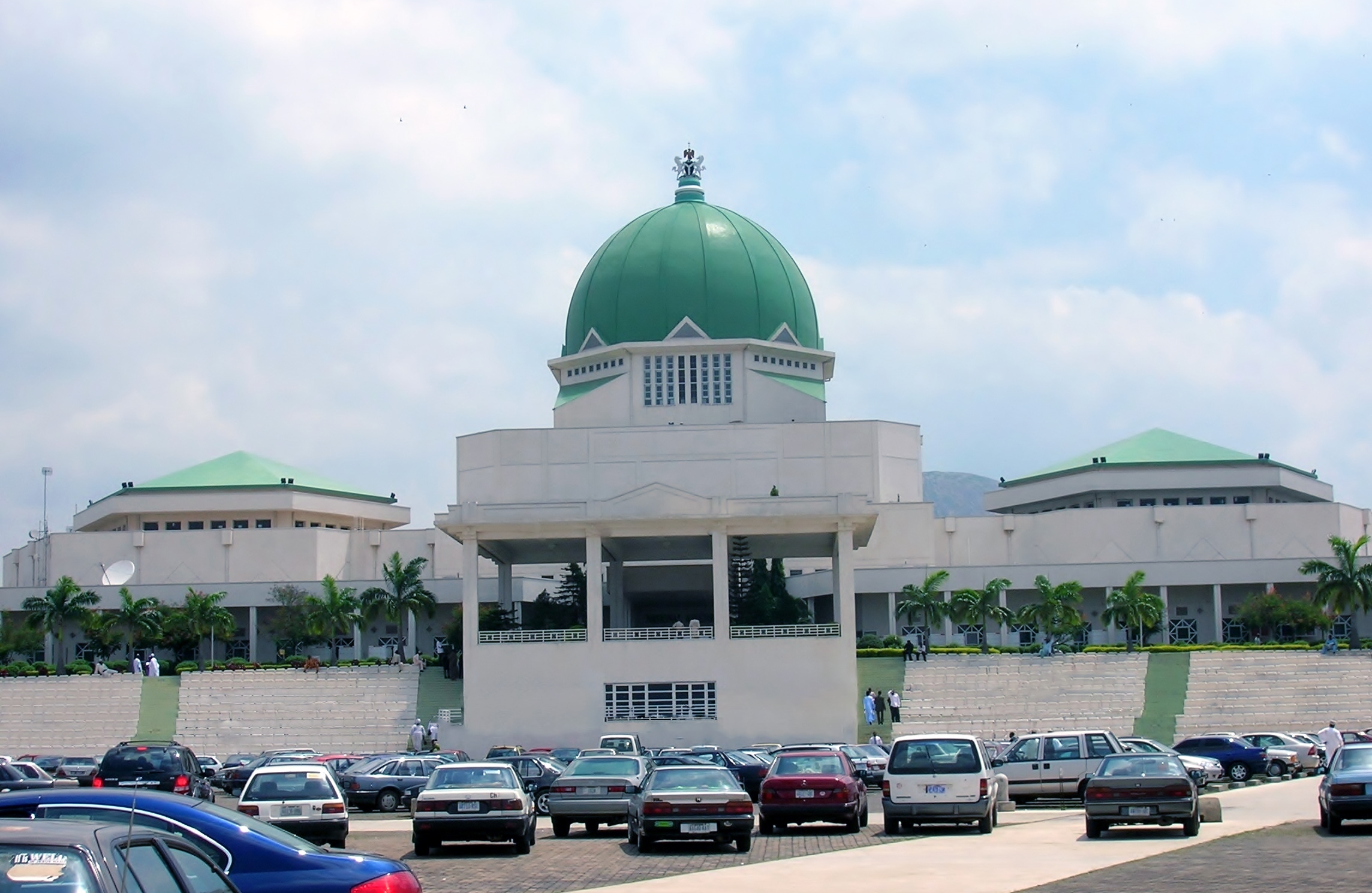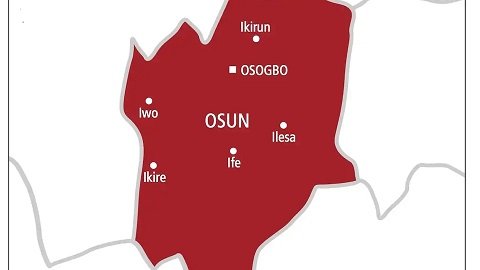The Nigeria Labour Force Survey for Q2 2023 report released on Thursday by the National Bureau of Statistics (NBS) revealed that the country’s unemployment rate rose to 4.2% in Q2 2023 from 4.1% in Q1 2023.
The percentage of the labour force that is not employed but is actively looking for work is known as the unemployment rate.
In terms of educational attainment, the research stated that in Q2 2023, the unemployment rate for individuals with post-secondary education was 8.0%.
“Those with upper secondary education was 5.4 per cent, while those with lower secondary education was 3.7 per cent, 3.0 per cent for those with primary education and 2.5 per cent for those with no formal education,” it said, adding that the unemployment rate among youth aged 15-24 years in Q2 2023 was 7.2 per cent compared to the 6.9 per cent recorded in Q1 2023.
The report said the unemployment rate among men was 3.5 per cent and 5.9 per cent among women in Q2 2023.
“The unemployment rate in urban areas was 5.9 per cent in Q2 2023, which was an increase from the 5.4 per cent recorded in Q1 2023. While the unemployment rate in rural areas was 2.5 per cent in Q2 2023, which was a decline from the 2.9 per cent recorded in Q1 2023,” it added.
The NBS said time-related underemployment in Q2 2023 was 11.8 per cent compared to 12.2 per cent recorded in Q1 2023.
It said the time-related underemployment rate was the share of employed people who were working less than 40 hours per week, but who would be willing and available to work more.
”The share of employed men that were underemployed was 8.4 per cent while the share of employed women that were underemployed was 15.3 per cent in Q2 2023. The underemployment rate was 10.3 per cent in urban areas and 13.2 per cent in rural areas,” the statistics bureau added.
The NBS said the share of employed persons aged 15 to 24 years that were underemployed was 19.3 per cent.
The report said the combined rate of unemployment and time-related underemployment as a share of the labour force population (LU2) was 15.5 per cent in Q2 2023.
The NBS said the labour force participation rate among the working-age population in Nigeria was 80 per cent in Q2 2023 compared to 79.9 recorded in Q1 2023.
The report said the participation rate among men was 82.1 per cent while for women it was 78.8 per cent.
“The participation rate was 78.4 per cent in urban areas and 82.6 per cent in rural areas in Q2 2023,” the report added.
It said the employment-to-population ratio, which was the proportion of the working-age population that was employed, was 77.1 per cent in Q2 2023.
The report said the employment-to-population ratio for men and women was 79.3 per cent and 74.9 per cent, respectively.
“The employment-to-population ratio in urban areas was 73.8 per cent compared to 80.5 per cent in rural areas in Q2 2023,” it said.
The report said 88.0 per cent of employed Nigerians were primarily self-employed with the remaining 12.0 per cent engaged as employees (wage employment) in Q2 2023.
It said 85.2 per cent of employed men were self-employed, while 91.0 per cent of employed women were self-employed.
While men and women engaged as employees (wage employment) were reported at 14.8 per cent and 9.0 per cent, respectively, the report said 8.0 per cent of the working-age population were in subsistence agriculture.
The NBS said the informal employment rate in Q2 2023 was 92.7 per cent.
It said in Q2 2023, the percentage of youth (15-24 years) identified as Young Persons Not in Employment, Education or Training (NEET) was 13.8 per cent.
This is an increase from the 12.1 per cent and 10.0 per cent recorded in Q4 2022 and Q1 2023, respectively.








